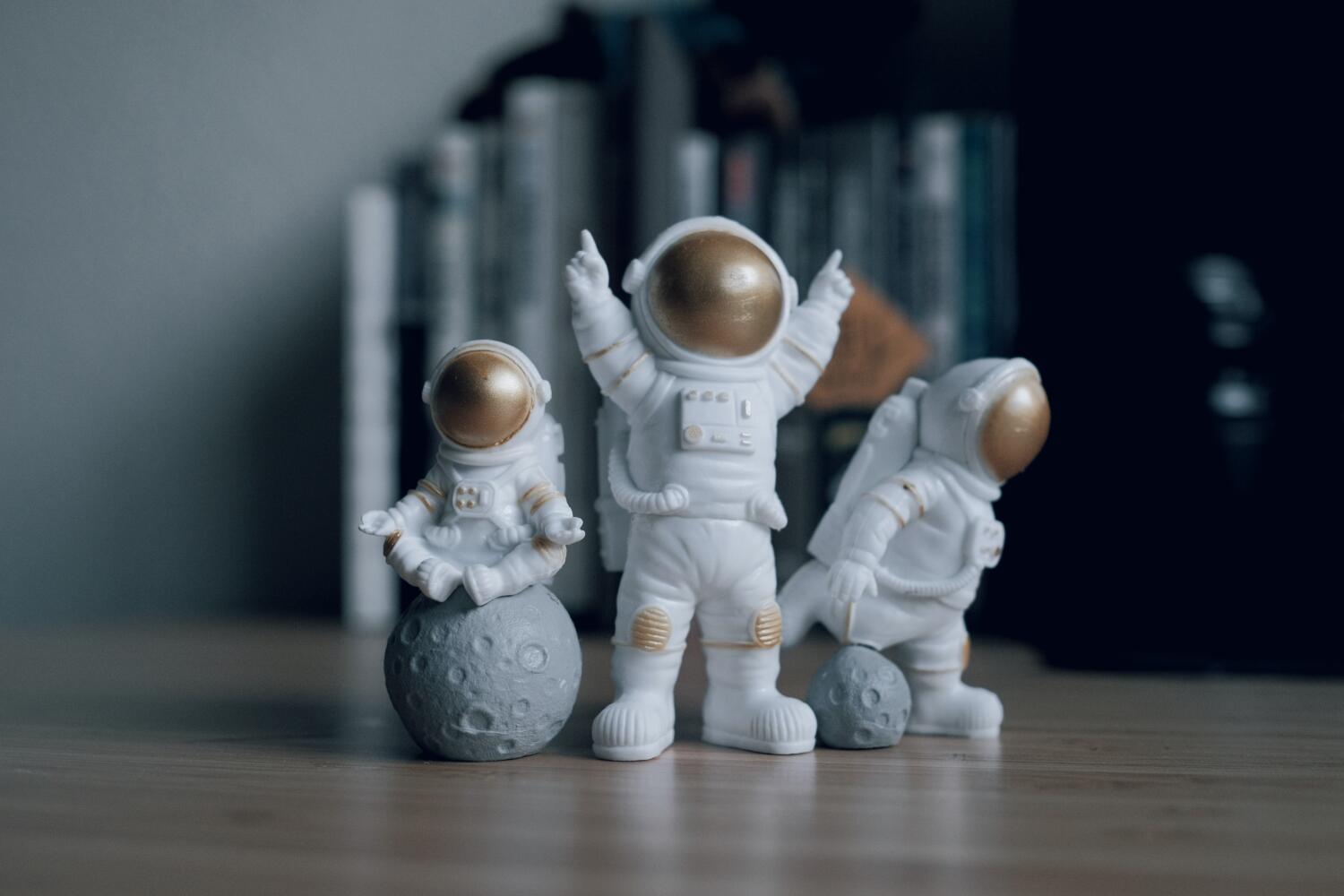The Moon, Mars, and Beyond: God’s Awesome Universe
Author: Lexi Mitchell | Student, Living Education – Charlotte, 2023-24
The universe’s size is so large, we simply cannot fathom it.
Dr. Roedolph Opperman is a lead systems engineer for Momentus, a young in-space transportation company. Prior to working for Momentus, he worked in NASA’s Jet Propulsion Laboratory as a fault protection engineer on the Mars 2020 Perseverance Rover mission. The students were blessed to hear from him, as he provided the students with a fascinating view into space.
He began his forum by first discussing the moon landing. Since the initial landing, he explained, 12 people have since walked on it. While only Americans have walked on the moon so far, many rovers and spacecraft have gone on it from other countries. A major reason for this is because it is extremely expensive and difficult to fly humans there and back, so it is much easier and cost efficient to send rovers instead.
These spacecraft have brought back valuable samples, and provide us with the majority of the knowledge we have on the universe as it is now. A lot of NASA’s budget goes to testing, because spacecraft are impossible to manually fix once they’re in space. Space crew wouldn’t even be able to if they tried- from Earth, scientists can’t entirely know what’s going on until 40 minutes later!
NASA has recently put an extreme amount of effort into their spacecraft for Mars exploration.
The Mars rovers are Sojourner, Spirit, Opportunity, Curiosity, Perseverance, and Ingenuity.
Perseverance, a rover from 2020, has many abilities to perform experiments, including specimen collection vessels, and Ingenuity, the helicopter from a companion 2020 exploration, is essentially a small drone. Its propellers are larger and faster than those for any helicopter on earth, because Mars’ gravity is approximately ½ that of Earth’s. A benefit of smaller spacecraft like Ingenuity is that it can serve as the companion for other larger rovers. For example, it can be used for scientists to see what section of Mars is scientifically interesting, since it is smaller and more nimble.
Once they reach a point where they have enough research, Dr. Opperman explained, NASA has grand plans to establish a colony on the large planet. NASA isn’t the only organization with the idea to establish human communities on Mars, however. For example, Elon Musk, chief technology officer of SpaceX, wants to colonize mars radically, with entire civilizations and new cultures altogether.
Another, Jeff Bezos, founder of Blue Origin, wants to develop a wheel to create artificial gravity, which would ideally create an environment in which human life could thrive on a planet so foreign to us as Mars. Unfortunately, as Dr. Opperman explained, human beings were not designed to live in space indefinitely. These endeavors will inevitably fail, because God has simply not designed us for it.
What happens to humans after exploration?
Space exploration, even in the short term, can have detrimental effects to the human body. Although there are countless health issues that can develop due to journeys into space, some of the most common disorders include balance disorders, cardiovascular deconditioning, decreased immune function, muscle atrophy, and bone loss.
Additionally, because of a lack of gravity, two major issues arise. Dr. Opperman informed the students that one such concern is that the bones aren’t being impacted by the body’s natural weight. If this weren’t concerning enough, a second issue is that blood moves differently in space as well- fluid no longer goes down the body, which causes the legs to become thinner, and for the head to grow in diameter.
Because of these health concerns, astronauts must exercise for at least 90 minutes per day simply to maintain muscle mass. Also, for every hour in space, those planning to enter into orbit must endure eight to ten hours in the appropriate training lab.
Another critical issue to consider while in space is radiation. Earth is designed to protect us from radiation, but in the two “top destination spots”- that is, the moon and mars- there exists no natural barriers with which to protect travelers from the impact of radiation. There are two major sources of radiation to consider as well. Solar radiation and galactic rays are both stronger than an unshielded human can withstand. In the nine month trip to Mars physical damage from the radiation alone would be detrimental to say the least.
Mankind’s reach into space pales in comparison to God’s glory.
It is He who sits above the circle of the earth,
And its inhabitants are like grasshoppers,
Who stretches out the heavens like a curtain,
And spreads them out like a tent to dwell in. (Isa 40:22)
Our Almighty God has shown us His glory through the splendor of the universe that He created. Humans were not designed for space, at least not in our physical form. In the future, as kings and priests in the Kingdom of God, we will be able to admire the true beauty of the universe around us as our Father masterfully crafted it.

Lexi Mitchell is a first-year student in the Living Education-Charlotte Program. She is from Long Island, New York. At home, she worked as a lifeguard and a swim instructor. Currently, she assists in the Living Education department as a social media manager and as a producer of written content. She enjoys reading, cooking, exercising, and spending time with family.









